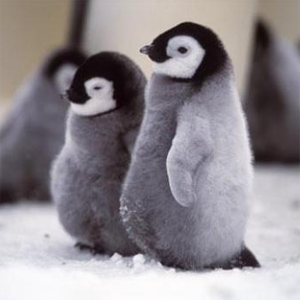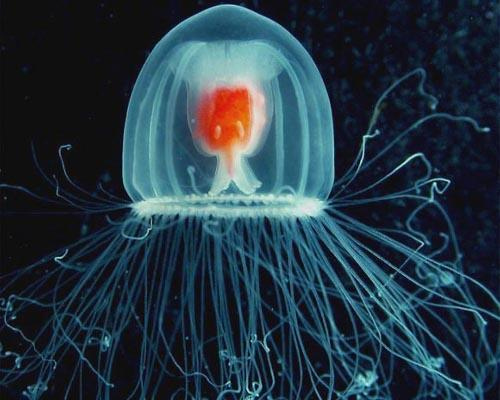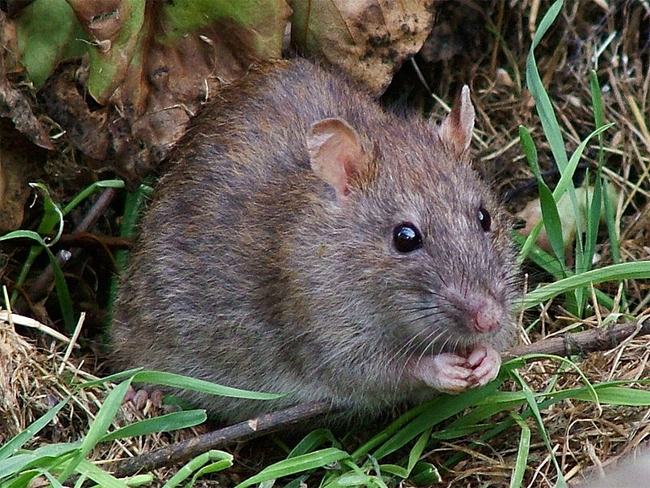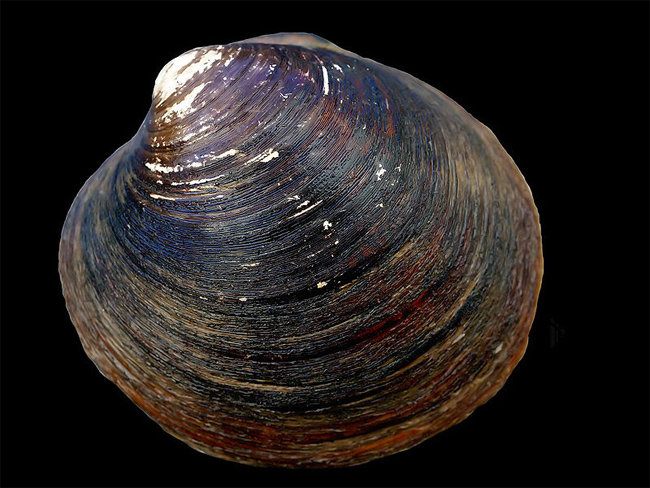Like most people growing up, I thought I was invincible. You just don’t worry about your health or how long you will live when you’re in your teens and twenties. As you get older, you start to realise how fragile life is. Whilst I had caught chicken pox, the flu, and had a few minor bumps and bruises growing up (including Osgood-Schlatter Disease); it wasn’t until i was disagnosed with Asthma in my early twenties that it dawned on me how delicate we are.
Think about how easy it is for humans to die. We don’t eat for a few days, we die. We stay somewhere too hot or too cold, we die. We fall from somewhere high, we die. It’s a surprise most of us live to blow out the candles of our 50th birthday.
Animals live in a world much tougher than ours. Even apex predators at the top of the food chain are attacked by less powerful species when they are weak on injured. Which is why very few animals die of old age. In the animal kingdom, you either die from being attacked, or being attacked and being eaten.
Therefore, animals need to be more resilient. Some animals more than others. Today I would like to share with you ten of the most resilient animals on planet earth. These animals can survive situations that few other animals can.
1. Ants
Growing up in Scotland, I didn’t really have much exposure to ants. Sure, there are ants there, but you don’t see them that much (if ever). I encountered ants on my trips to Spain as a kid, however it was my first trip to Thailand at the age of 24 that I saw how ruthless ants are. These little feckers can eat anything….anything. I remember sitting outside a shop one day and noticed a dead cockroach on the ground. Out of nowhere, a line of ants came out and within 30 minutes the dead cockroach was gone…nothing remained.
Their sense of smell is ridiculously good, apparently four to five times stronger than other insects. I made the mistake of leaving a half-eaten chocolate bar out one day, only to come back to a line of ants down the wall to the chocolate. It was disgusting.
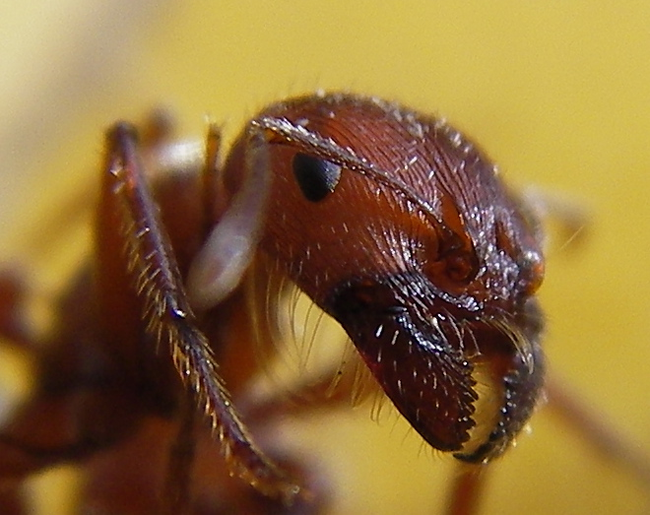
It wasn’t long until annoyance turned into hatred. I really do hate ants…I hate them!! The final straw happened when I camped out with friends on the sand island Fraser Island in Australia. On the third day I was awoken to thousands of red ants biting me. I was covered. Since then I have not had any love for ants…..but I do respect them. They are fascinating creatures who can survive in extreme conditions.
There are over ten thousand different species of ants, so their strengths vary considerably. Most can carry more than three times their weight and can survive underwater for 24 hours. South American fire ants have been found to form a living raft when placed in water. They constantly move around to ensure no ant is underneath water for too long. It’s possible for them to be in this form for weeks or months if necessary, until they find a suitable place for their colony to be.
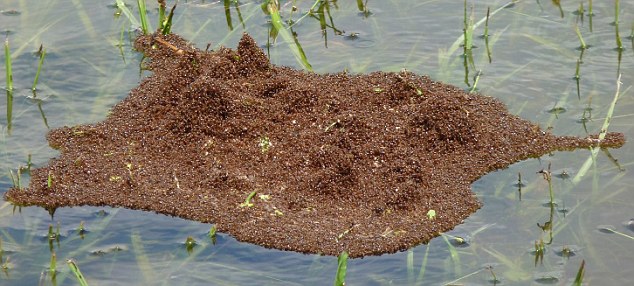
For me, the thing that defines ants is the sheer volume of them. They represent 10% of all animal tissue on the planet….10%!!!! It’s a fact that is easier to understand when you remember that most ants keep their colonies out of sight of humans.
Pulitzer Prize E.O. Wilson is the world’s more respected authority on ants. His Lord of the Ants documentary is fascination. I highly recommend checking it out. Two other good videos to check out are ANTS – Nature’s Secret Power and Planet Ant – Life Inside The Colony.
2. Camels
Camels are built for survival. They can live for six months without a meal and months without water. Forget what cartoons taught you as a child, their humps do not contain water. They actually contain body fat. One of the reasons they can survive such high temperatures is because all of their fat is in their humps. They do not even break sweat until their body temperature is over 41 degrees. Another reason is their thick coats.
They can rehydrate faster than any other mammal, drinking 30 gallons (113 liters) of water in only 13 minutes. If any other animal drank water that quickly, they would dilute their blood and kill themselves.
The one-humped Dromedary camel is a big part of life in Arabia and the Middle East. So it’s no surprise there are over 160 words for “camel” in the Arabic language.
The two-humped Bactrian camels that are native to Central Asia are fascinating creatures. Whereas Arabian camels can reach a weight of around 600 KG, Bactrian camels can grow to over 1,000 KG in weight. They can survive extremely cold and extremely hot climates.
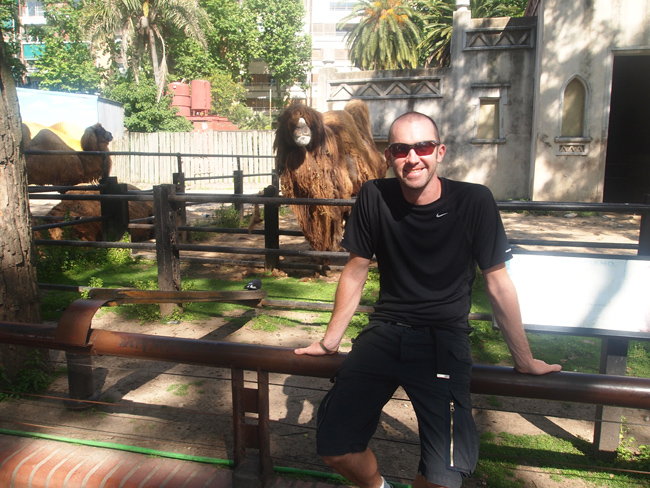
There are four smaller types of animal within the camel family: llamas, guanacos, alpacas and vicuñas. Llamas can grow up to 200 KG however guanacos, alpacas and vicuñas do not exceed 100 KG.
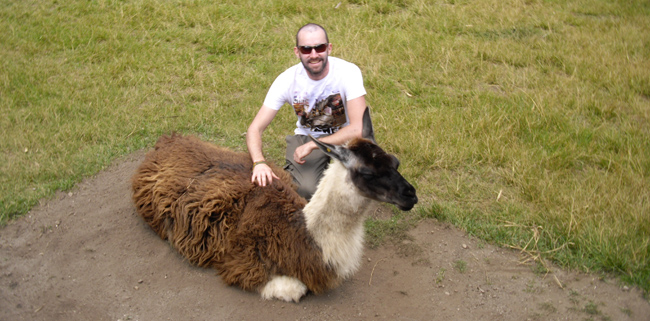
All of the smaller species of camels are native to South America so I have been lucky enough to see all of them on my travels. They are play a big part in people’s lives here. Their wool is used for making clothes and their meat is eaten.
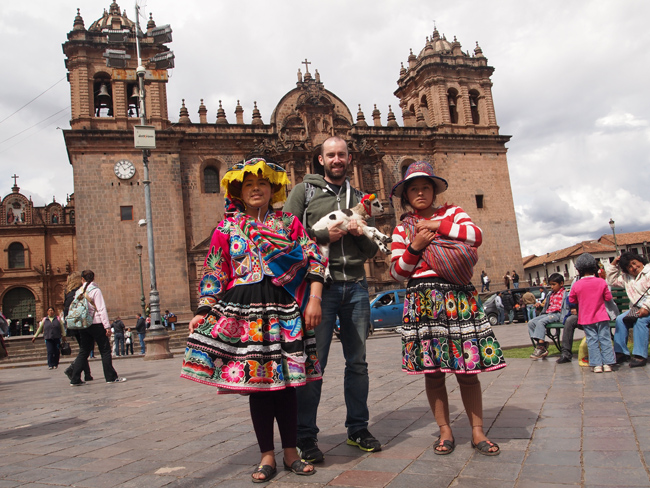
Camels are extraordinary animals. Any animal that can survives months without eating or drinking is resilient but camels can do this whilst living in the harshest conditions on earth. And if that isn’t enough, in Turkey they make camels wrestle!! It gives a whole new meaning to the camel clutch.
3. Cockroaches
Cockroaches….one day they will inherit the earth…or so the story goes. After the atomic bombs were dropped on Hiroshima and Nagasaki, scientists found that cockroaches had survived much of the blast. This gave rise to the myth that cockroaches are the only thing that can survive nuclear war. This has since proved to be a myth. In comparison to other insects such as the fruit fly, flour beetle and the habrobracon wasp, cockroaches are wimps when it comes to surviving radiation. They can however handle up to ten times the radiation that humans can, which is still impressive compared to other vertebrates.
The English word Cockroach is a translation from the Spanish name “Cucaracha”, which means “Crazy Bug”. I imagine they got this name due to their pest stature amongst humans, however of the 4,500+ species of cockroaches on earth, only 0.7 per cent of them are considered pests. They are actually very beneficial to earth, having roamed this planet for over 200 million years (to put this into perspective, modern humans have been around here for around 200 thousand years). As scavengers, cockroaches eat a lot of decaying animal matter, but there is very little they won’t eat. Glue, feces, hair, cigarettes, wood, etc. It does not matter to them.
Whilst they are known for eating anything, it is water they cannot do without. They can go without food for a month but only a week without water. They can survive without their head for a week and the only reason they die is that they cannot consume any more water.
Cockroaches are evasive creatures, which is why it can difficult to kill them when they are pests. They can hide in small crevices much smaller than you would expect, are nocturnal, and can survive without air for at least 30 minutes. They also reproduce very quickly and are skilled at protecting their eggs from invaders.
Good luck trying to catch one. They can travel at a speed of over 90 miles per hour. Even Usain Bolt would struggle with that.
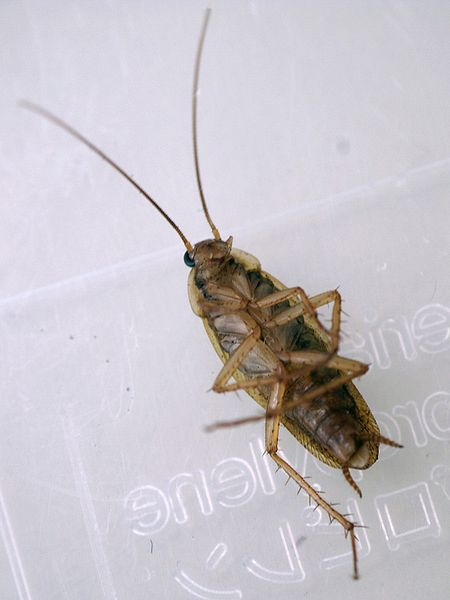
4. Planarian Worms
No list about resilience would be complete without planarian worms. These worms live in saltwater and freshwater waters and have the ability to regenerate body parts. If you cut a planarian worm in two, the part without a head will grow a fully functional head with a new brain. The other part will grow a tail. It does all of this within 7 to 10 days.
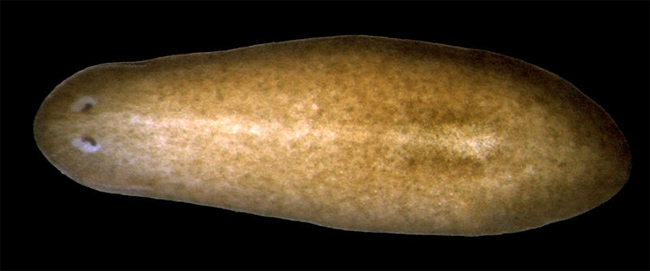
They can literally regenerate any part of themselves due to the due to the abundance of stem cells they have. In a study entitled “Stem cells and regeneration in planarians.” they found that a fragment as small as 1/279 of the animal can regenerate completely within a few weeks. Which is why they have been given the name “Immortal Worms”.
English scientist Dr. Aziz Aboobaker published the above video in 2008. He did a follow up video (below) which illustrates how they much can reproduce. He cut one worm into three pieces. Those pieces were later cut too. Weeks later, that one worm had created thousands. They can do this through assexual reproduction (though planarian works reproduce sexually). When the worm reaches a certain age, it splits into two. Mutations occur when this happens.
In the example below, all of the worms that were created from that initial worm are technically clones of each other.
Not only can planarian worms defy aging, they can also grow any part of their body when required. Without doubt, they are tough little bastards! :)
5. Turritopsis Nutriculas
Jellyfish have been swimming in our Oceans for around 700 millions years. To put that into perspective, that is twice as old as the earliest bony fish and insects and three times the age of the first dinosaurs. This makes them the oldest multiorgan animal on Earth. Therefore it is fitting that oldest living animal is in a top list about resilience.
There are around 200 species of jellyfish. Box jellyfish rightfully have a reputation as being very dangerous due to the powerful venom they can attack with, however it is the turritopsis nutricula jellyfish that is miles ahead in the survival stakes.
These little jellyfish are only around 5 millimetres wide. As you would expect from such a small creatures in the Ocean, they are susceptible to being eaten. They can also die from disease. Yet, like planarian worms, they have the ability to technically live forever, hence their name “The Immortal Jellyfish”.
They extend their lifespan in a different way from their immortal worm friends. Once turritopsis nutricula reach maturity they revert back to polyp status and begin their lives again. That’s equivalent to us living until we are 50 years old and then reverting back to being a baby. It’s insane.
The turritopsis nutricula jellyfish is far from being the toughest animal in the Ocean, however no other animals have been found to be able to revert back to infancy in order to extend their lives.
6. Bed Bugs
Bed bugs are horrible parasites that suck on the blood of humans and animals. They use an anesthetic to numb the host they are sucking from before drawing out blood. Over the last 20 years bed bugs have been on the rise around the world. You may have been bitten by them in the past without even knowing. Many people react to bites with rashes and lesions, however many do not. I have never suffered any rashes from bed bugs, however as an asthma sufferer I am acutely aware that they can cause me many problems.
On the upside, bed bugs are not known to transmit disease. On the downside, they can drink up to three times their own weight in blood at a time. If you are suffering from an infestation it is possible that you will be bit hundreds of times in the one night. Yuk!
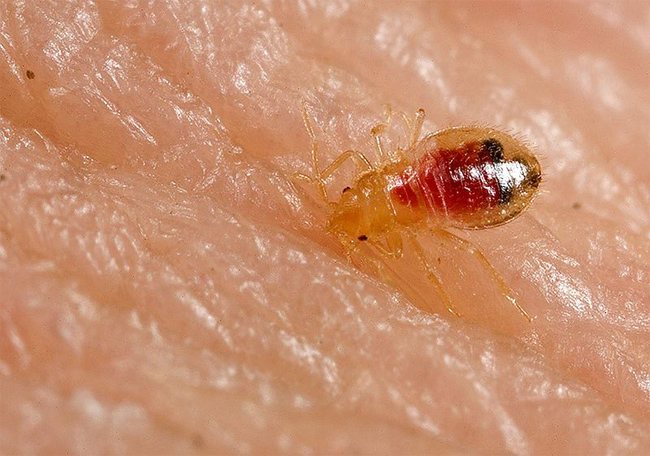
Bed bugs can survive at extreme cold and hot temperatures and can last several months between feedings if necessary. They try and stay close to humans so that they can feed, however it can be difficult finding them. They can be found pretty much anywhere. It is common for them to stay in around beds and sofas; around the seams and inside the furniture. They will also hide in crevices in your wall and are known to hide in walls and come out using your electrical sockets.
This makes them difficult to detect and difficult to exterminate. They can travel to new hosts easily through bags. This is one of the reasons why hotels and hostels suffer from bed bugs so badly.
Scientists are still struggling to contain the spread of bed bugs around the world and still do not fully understand why infestations have increased over the last few decades (though they suspect it is due to the increase of foreign travel).
7. Emperor Penguins
The emperor penguins of Antarctica are famous for being cute and are the star attraction at many zoos around the world (they’re also famous in the UK for being biscuits).
It was the 2005 documentary film March of the Penguins that highlighted how tough these animals are. The film focuses on the extraordinary breeding habit of the penguins. Every year the adult penguins of breeding age make the 60+ mile journey to their breeding ground.
The penguins only have one partner. The female lays one egg and rolls it towards the male penguin. At this point, the female has not eaten for months and has lost a third of their weight. She then starts the long journey towards the sea for food.
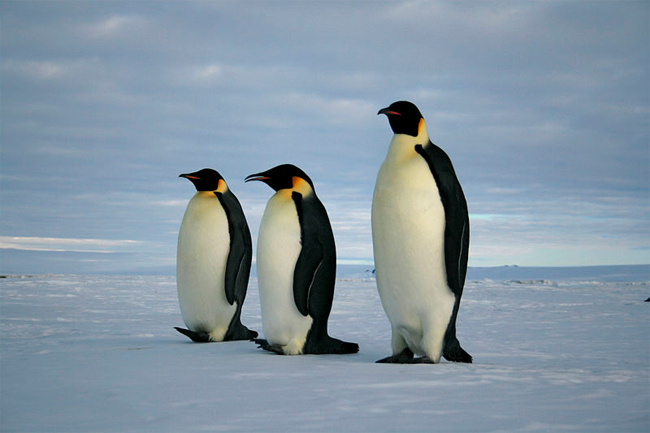
The females do not return for two months. During this time, the males group together in large groups to retain heat, keeping their eggs warm underneath them. They each take turns to spend time in the middle of the group where it is warmer. This technique is necessary for their survival as they endure temperatures below minus 70 degrees centigrade.
By the time the females return, the males have not eaten for four months and have lost half their body weight. The female then takes responsibility for the child as the male heads towards the sea for food.
Emperor Penguins experience the worst conditions on earth. There is no sun for four months as they are tending to their future child and there is no food either, all they can do is eat snow for water. To illustrate how bad things are in Antarctica during Winter, think about this: Every other species leaves!
8. Rats
I am aware that rats are held in high regard in some cultures and that many people keep them as pets too, however I do not like them. When I was walking back from the pub in Hanoi, Vietnam, two years ago, I stood on what I believed was a small dog. I then saw a huge rat scurrying away. No doubt rats were common there because of the rubbish bags being left in the streets at night.
What I don’t like about rats is the fact they spread disease. Black rats caused the black death pandemic during the middle ages, killing millions of people.
Despite not liking rats, I do respect what they can do. With their amazing sense of smell and hearing, they are born scavengers who can adapt to any situation. Their prevalence around the world is partly due to poor sanitation within large cities, however it is also due to their own natural survival skills. They can last longer without water than camels and can fall from up to 15 metres and run away unscathed. They also have an amazing memory and are known for remembering a route to a location even if it was years ago. What is a little scary is that rats can chew through pretty much anything: Wood, metal, concrete, etc.
They are terrible pests in cities. There is a common saying that there are more rats in New York than people. The saying is true….very true. Estimates suggest there are five times as many rats than there are people in New York.
9. Arctica Islandica
Commonly known as “Ocean Quahogs”, Arctica Islandica are a type of clam that are found in the North Atlantic Ocean. They are officially the longest living animal on Earth. The University of Wales found one clam that was 500 years old.
10. Tardigrades
Last on this list are Tardigrades, arguably the most resilient animal on Earth. These tiny 8-legged creatures are tough as hell. They can survive anything…..and I mean anything. Sometimes referred to as water bears, tardigrades can survive close to -273 degrees centigrade (absolute zero) and can survive being heated to over 150 degrees centigrade. They can resist around 1,000 times more radiation than humans can and they can even survive in space. They can also survive 6 times the pressure found at the deepest part of the ocean.
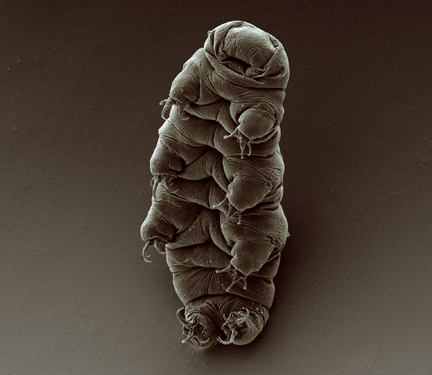
Tardigrades have been found to be able to survive without water for over 100 years. They do this by shrinking themselves to about one third of their size into a cryptobiotic state called a tun. When the moss around them was moistened, they recovered from this state and went back to normal. That’s a crazy thing for any organism to do after being dehydrated for 100 years.
When it comes to resilience, tardigrades are at the top of the tree. No other animal comes close!
I hope you enjoyed this article. If so, I encourage you to subscribe to my blog via RSS, Facebook or Twitter.
Have I missed out any resilient animals? If so, please leave a comment and let me know about it.
Thanks for reading.
Kevin

